Nature Heals: How This Therapist Uses Ecotherapy to Help Her Clients Heal
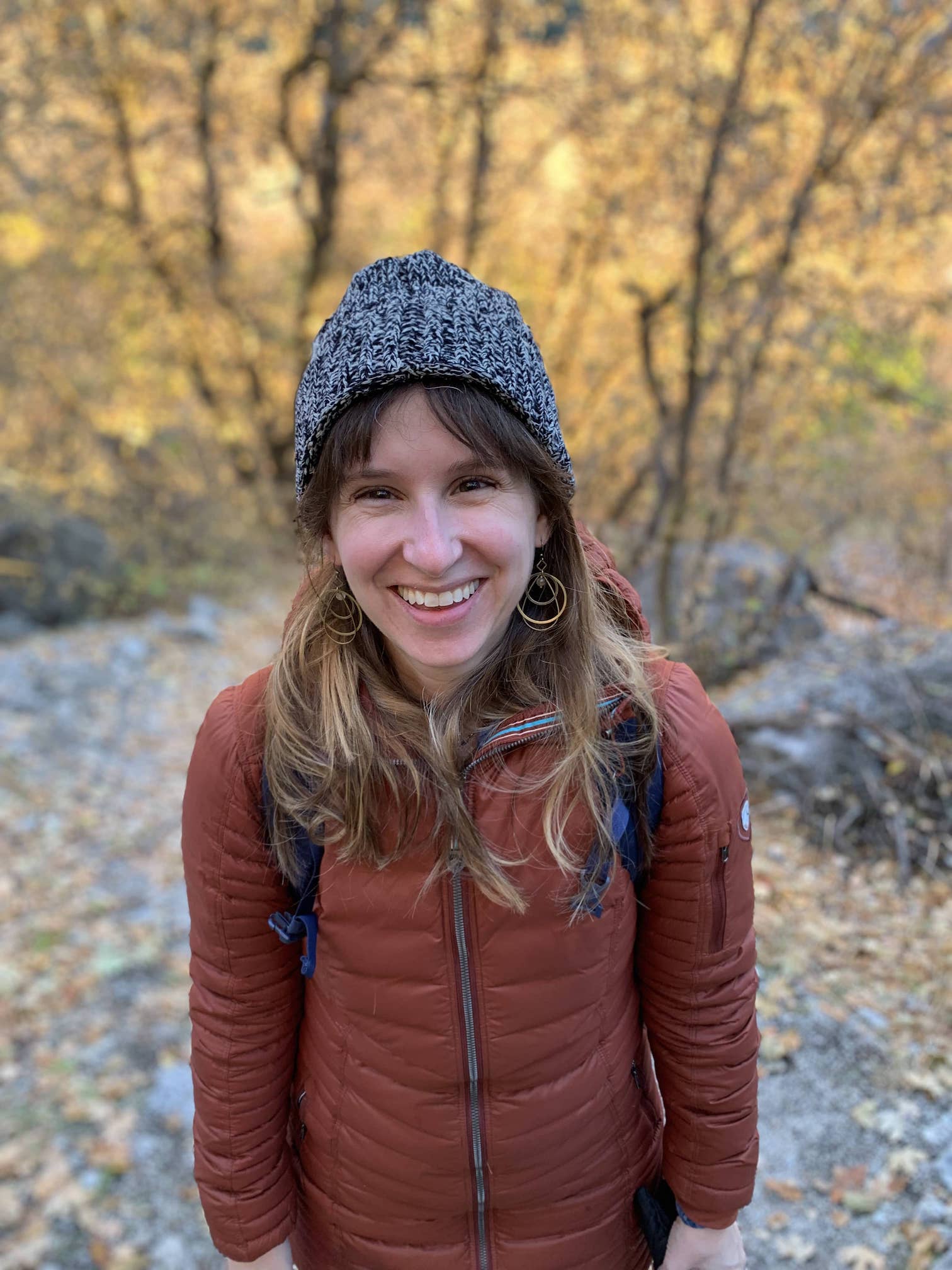
"The physician treats, but nature heals." Hippocrates
It’s no secret that people can go into nature to find healing. Our ancestors have been doing it for millennia, perhaps longer. Something about experiencing ourselves within the raw, unfiltered lens of nature can bring about an inner knowledge that we’re so often detached from.
Ecopsychology, or ecotherapy, is an interdisciplinary field that studies the relationship between human beings and the natural environment through psychological and ecological principles. With a focus on wellbeing, it looks to remedy the separation humans have experienced from nature, and through this reconnection, find healing from the trauma and mental health crises that plague us.
Becky Kenz-Roe (MA, LMFT, she/her) is a licensed marriage and family therapist that has been using ecotherapy as a means to help her clients. She has always felt connected with the profound healing power of nature and knew as she was learning to become a therapist, that this was a tool she wanted to use.
"I go to nature to be soothed and have my senses put back in order." John Burroughs
Becky’s background.
Becky’s best memories growing up were the camping trips she’d take with her family, and she always felt particularly close to nature and familiar with the healing space it creates. On these camping trips, she would feel close to her family. Studying psychology, she knew she wanted to work as a systems therapist, not just focusing on the individual. Her childhood experiences inspired her to want to find a way to work with families and systems in the outdoors.
Back in 2004, when she was looking for grad programs, there weren’t quite as many ecotherapy or ecopsychology training programs to choose from as there are today. So she found a school that included an ecotherapy class through a marriage and family therapy program in the Appalachian mountains, but for the two years she was there, they didn’t even offer the class!
Instead, she had to find her own way. She pursued an MFT internship with the Crossnore School in North Carolina that included a lot of experiential psychotherapy working outdoors with kids. She had a lot of mentors that were able to help her gain the experience she needed and provided a great support system for her learning.
She also spent time working in the mountains at Buffalo Cove Outdoor Education Center as well as for a short stint at the Georgia Outdoor Therapeutic Program (no longer open).
Through these experiences, she got a lot of good wilderness skills training as well as learned how to adapt what she was studying in terms of mental health counseling to working with people in nature. She took several workshops alacarte style and self-studied ecotherapy, developing her own way of applying it based on what she knew as a therapist and as a human being.
Today, there are several different ecotherapy and ecopsychology programs to choose from. Becky is pursuing her certification through the Earthbody Institute in California, where she’s already completed the level one certification and will be completing level two later this spring.
What does ecotherapy look like?
The process.
Ecotherapy looks like many different things.
Much of the outdoor work Becky does is based at RecuperAcres in Watertown, Minnesota, a private retreat space founded in 2020 out of the need for access to private, natural lands for different forms of holistic healing and mental health services. She also works on public lands through the private group practice she is a part of, Intuitive Therapy and Counseling.
Before even going to one of these spaces with her clients, Becky does a lot of work ahead of time to make sure nature therapy would be a good fit. She asks them a lot of assessment questions to understand their relationship with the outdoors.
When a session begins, they begin by doing a “threshold crossing,” which marks the line between where they park and the sacred space. They enter into the space, doing a land acknowledgment, introducing themselves, and asking the land permission to enter.
“I set up a reciprocal relationship from the beginning,” she explains. “We listen for a response in whatever way that shows up in our bodies and then, we move onto the land.”
At RecuperAcres, there’s a natural vista that they start on where they can view the land, including a breathtaking view of the lake it sits adjacent to.
Then, they drop down a hill and enter the property where its intention setting time. Becky lets her clients guide the pace of the session, walking as quickly or as slowly as they want, holding space for whatever comes up in the process.
“I guide awareness and connect them to the natural elements,” she says. “Did you hear that bird or see that tree? Maybe they do that naturally and I build on it. I help them shift into the present moment and the connection with nature in a natural way.”
As they move through a session, they’re able to use the elements of nature to build on what the client needs out of the therapeutic experience. It’s really unstructured, and with the unpredictability of nature, she says she never knows what it’s going to look like until it actually happens.
She once had an unexpected experience during a therapy session with the wind. It was a rather gusty day, so she and her client experimented with how the wind feels facing it head-on versus at their back.
It was a whole thing that got brought up for the client: How could they face things head-on that didn’t feel good in their bodies?
The client discovered that although facing the wind head-on was uncomfortable, it was actually a very familiar feeling to lean head-on into uncomfortable things. Even months later, she could come back to this with the client. They were able to work to experience other ways of “facing the wind” in their life. It became a metaphor for ongoing themes in life, helping them shift long-standing patterns.
Becky is also a movement therapist, currently in training for dance/movement therapy in particular, and really believes in the process of moving our bodies to help process what it is we may be going through.
When we experience something stressful, we can’t always respond the way we want to at the moment. Our nervous system wants to fight or flee, and that’s not always an option, meaning that stressful experiences can get stuck inside of us. Movement, whether inside or outside, helps people complete that action.
“We store our experiences in our bodies, so if we don’t bring our bodies to whatever we’re trying to process, we’re going to get stuck in our heads,” she says. “It’s like bringing our whole selves, and bringing nature is like bringing this support system. It helps us shine a light on our whole selves. It’s like, I am nature, and I’m in nature, and nature is always there. I can take care of nature, and nature can take care of me. It goes both ways.”
Another session she worked through involved the metaphor of receiving support from an old oak tree that lies centrally on the property.
This particular client was struggling with interpersonal trauma, particularly learning how to receive support from other people. They developed a relationship with the oak tree on the land.
Over time, they played with leaning their body on the tree and how much weight they could allow it to support. The tree always stayed firm and unmoving, and this person could surrender their weight onto another being, feeling safe to let go, and realizing the world didn’t stop turning because of it. It was a powerful experience that they continued to refer back to in indoor sessions as they learned that same skill with other human beings.
The integration.
When it comes to experiences like ecotherapy, integration is always important. How do you take such a powerful experience in nature, like surrendering to the rooted support of an oak tree or learning to face the wind head-on, and translate that metaphor into real life?
The integration process starts on the walk back to the parking lot. They process what just happened, and think about how the client may want to come back to this in the next week or so. How do they want to use the wisdom they gained, or come back to the experience?
Becky sees people on an ongoing basis, so they build on the experience through time.
What can nature therapy help?
What nature therapy can help with comes down to the individual. Becky works with people before taking them on this process to make sure ecotherapy would be a good fit.
Anxiety & Depression
Depending on the person, ecotherapy can work well for anxiety.
Anxiety is stored in the body so if they can move and connect with something that feels calming, it can help that anxiety move through the body instead of back into it.
Mild to moderate depression can also benefit from ecotherapy, and some cases of severe depression, although she said she wouldn’t take somebody for a nature therapy session with suicidal ideations.
Post-Traumatic Stress Disorder
People who are in a post-traumatic growth phase, meaning they have PTSD and have already done some therapy, can benefit from ecotherapy. Being outside can be particularly helpful for those with interpersonal trauma or inter-relational trauma.
Life Transitions & Feeling Untethered
This isn’t a specific mental health diagnosis, but people who feel they’ve lost their connection with nature or are feeling untethered in some way can benefit from this type of therapy.
Nature therapy can help them learn to explore, to create a map, and find themselves on it. People going through life transitions or periods of grief can benefit from exploring it in a natural environment.
Becky says she’s had ceremonies or created rituals with people going through transitions that have been particularly powerful.
The Mother Wound
This was something she didn’t think of until it unfolded itself during sessions. The mother wound is defined as “the pain, wounding, and trauma that’s carried by a mother and inherited by her children… even if a mother is physically present, having a mother who is not emotionally attuned and available to you when you were a child can still cause pain.”
Mother nature is the ultimate mother of us all, and connecting to the earth and creating a mother figure out of nature can create a profound healing experience for those with the mother wound.
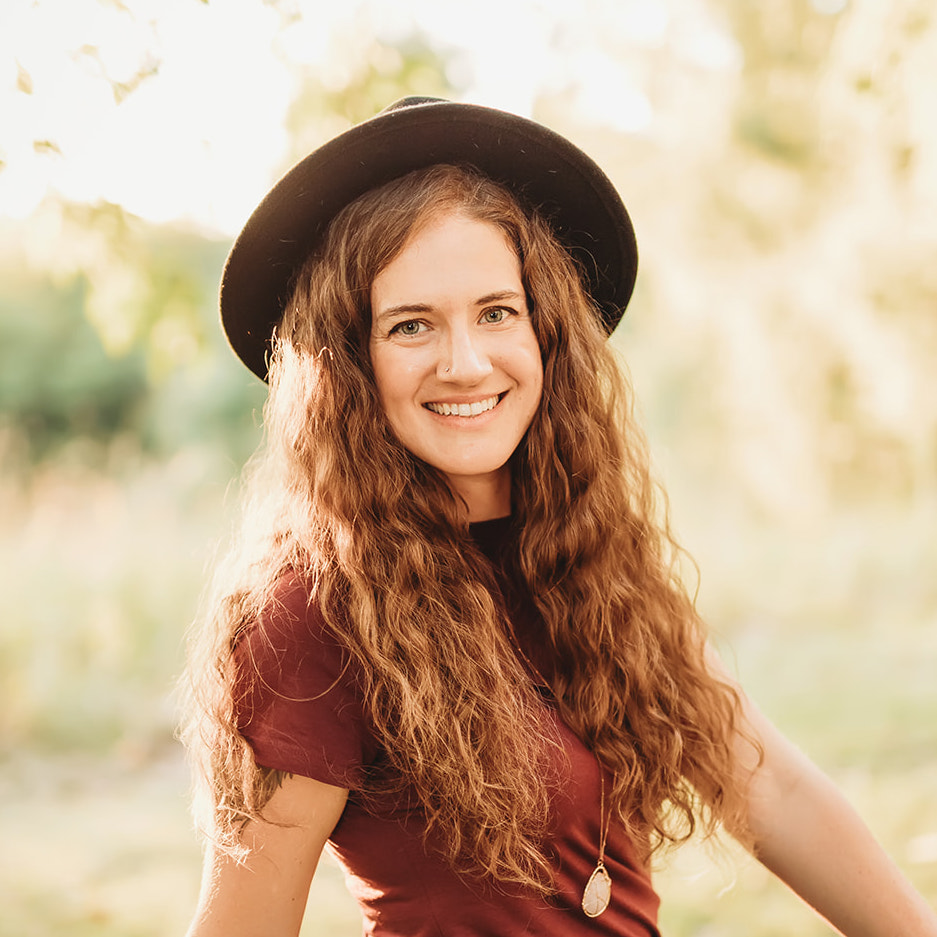


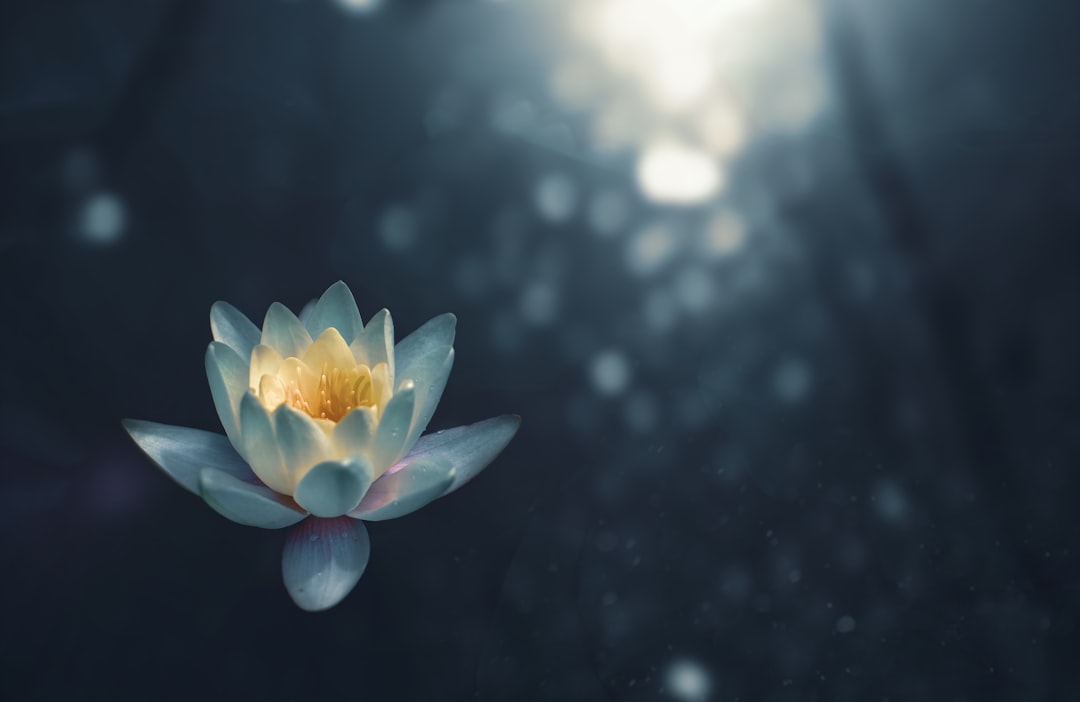

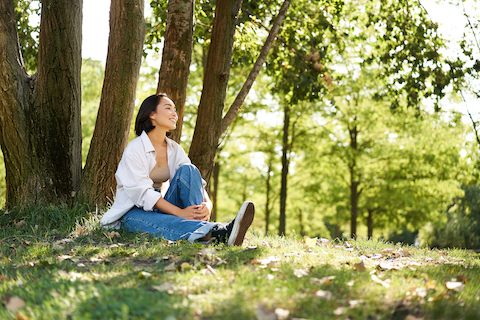


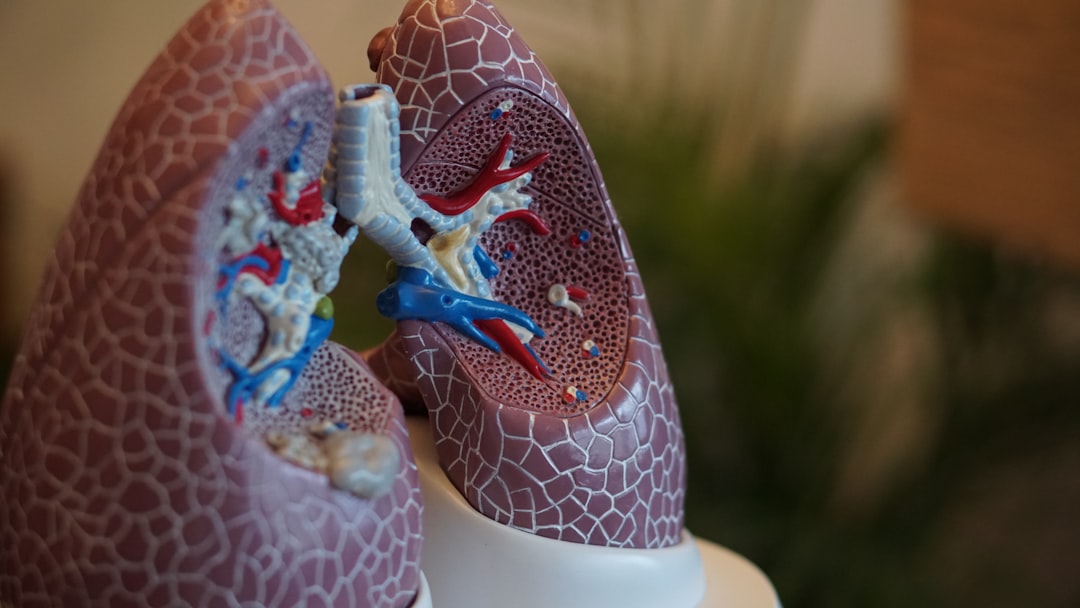



If you enjoyed this article or recipe, please consider giving it a comment! It helps others discover my blog and recipes, and your comments always make my day :) Thank you for your support!
Your email address will not be published. Required fields are marked *
1 comments on Nature Heals: How This Therapist Uses Ecotherapy to Help Her Clients Heal
Feeling as though my family needed some bonding time, I (the mother) tried to organize one weekly trip to a near by forest or trail. After two weeks, I quit! Complaining children, angry & controlling husband, and I was stuck making all of the preparations--lunches and clothing. I wish it were easier.